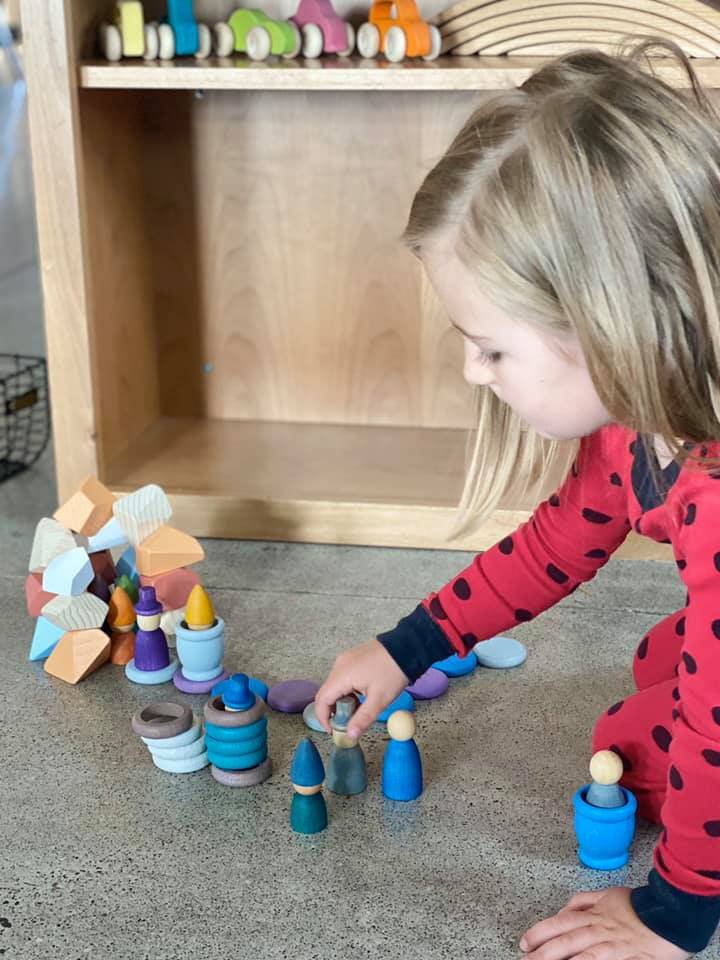You may have heard that electromagnetic fields (EMFs) are the cause of symptoms like cancer, insomnia, and fatigue, but are you aware of other symptoms before chronic and acute illnesses crop up?
Many symptoms can occur if you are always exposed to electromagnetic field radiation. To keep this article concise, it will focus on the seven most common health problems.
What Are Electromagnetic Fields?
Electromagnetic fields are areas of energy that surround electronic devices. Electric fields are created by differences in voltage and magnetic fields are created when the electric current flows.
We are affected because our human bodies also have their own electric and biochemical responses (e.g., nervous system, digestion, brain function, heart function). So exposure to artificial EMFs interacts with your body in harmful ways.
Why are more people sensitive to EMFs?
We have been using EMF-emitting devices for some time now in telecommunications, construction, healthcare, and many other industries.
However, the rise of the Internet in the late 1990s drastically changed. The technology boom revealed a new world of possibilities, and devices, that became readily available at our fingertips and nearly always our companion in our pockets and bags, and surrounding us at home!
More antennas are installed across the landscape to enable wireless communications, as personal electronic devices became popular.
Who doesn’t have a laptops, mobile phones, SMART TVs, SMART vacuums....
How prevalent is EMF sensitivity?
the prevalence rates of IEI-EMF have varied worldwide [6,7,8,9,10,11,12]. A survey in California reported a prevalence rate of 3.2% [12], and another in Switzerland reported a prevalence rate of 5%. A review of the literature revealed that Taiwan had the highest prevalence rate of 13.3% (in 2007) [7].
Regardless of how prevalent a diagnosis is, people who experience symptoms may find it severe enough to hinder their daily activities and find it difficult to maintain social and familial relationships.
What are common symptoms of EMFs exposure?
1. Nervous system symptoms, like sleep (insomnia) or similar sleep disturbances, which, in turn, can lead to chronic fatigue.
Probably the most common symptom that indicate exposure to the electromagnetic field. It is caused by the constant exposure to cell phones that we carry around with us during the day and next to us when we go to bed.
Neurological conditions that affect your brain and nervous system also affect your ability to keep healthy sleep patterns.
Chronic fatigue syndrome is linked to chronic low-level exposure to extremely low frequency (ELF) electromagnetic fields (EMFs).
2. Dizziness, low / high blood pressure
Prolonged EMF exposure causes several changes in how your body reacts to or produces insulin.
Insulin is one of the key hormones that your body uses to keep your blood sugar levels in check. When insulin is affected, for example by EMFs, your cells cannot absorb glucose effectively, leadings to imbalances in glucose levels.
When we plugged in wireless devices, I was dizzy the moment the prongs of the device kit the socket. I changed out as many electronics that my husband would let me. We still have e cordless landlines and they say they are worse than cell phones. Have a cell phone but keep it off 80% of the time. I also have fainted in crowds pf people. — personal account
Click here to learn how EMF affects insulin in at least two ways— direct and indirect.
3. Skin symptoms, like facial prickling, burning sensations and rashes
Although these skin reactions mostly occur in the face or the upper arms of the patients, it can also occur nearly anywhere on the body. Skin-related sensations can include burning, prickling, and itching.
4. Body symptoms, like pains and aches in your muscles; Heart palpitations
Artificial Electromagnetic fields overstimulate the sympathetic nervous system. One of the things that result from this sympathetic nervous system is heart palpitations (irregular heartbeats), which can be an early signal that your stress response is in override
5. Eye symptoms, such as burning sensations
6. Foggy thinking and depression
EMF radiation can affect the blood-brain barrier, which affects cognitive and memory skills. It even rapidly depletes your levels of concentration.
7. Ear, nose, and throat symptoms
For example, tinnitus is a debilitating illness where the patient continually hears sounds such as hissing, roaring, thudding, clicking
8. Digestive disorders
Our nervous system sends signals by transmitting electrical impulses during digestion of food substances which can be affected by EMF sensitivity.
Specialist Dr. Neil Nathan says that EMF sensitivity looks like mast cell activation (an allergic disorder), with symptoms including flushing, sweating, palpitations, abdominal pain and diarrhea.
Dr. Dietrich Klinghardt links EMFs to “loss of zest” issues including depression, insomnia, fatigue, and senses of tingling, numbness, and vibration.
Healing from EMF exposure
These artificial EM fields as energetic stress/pollution that disturbs people's energy fields. Healing therapies and tools can help repair and restore healthy energy pattern, but you need to remove or neutralize the stress-inducing electromagnetic pollution as much as you can.
Learn to identify the sources of EMFs around you. There are consumer models of electric / magnetic meter model, such as a wireless radiation detector, microwave reader, for WiFi and smart meters have a wide range of price.
References and resources
Dr. Dietrich Klinghardt - Smart Meters & EMR - The Health Crisis Of Our Time https://www.youtube.com/watch?v=PktaaxPl7RI









